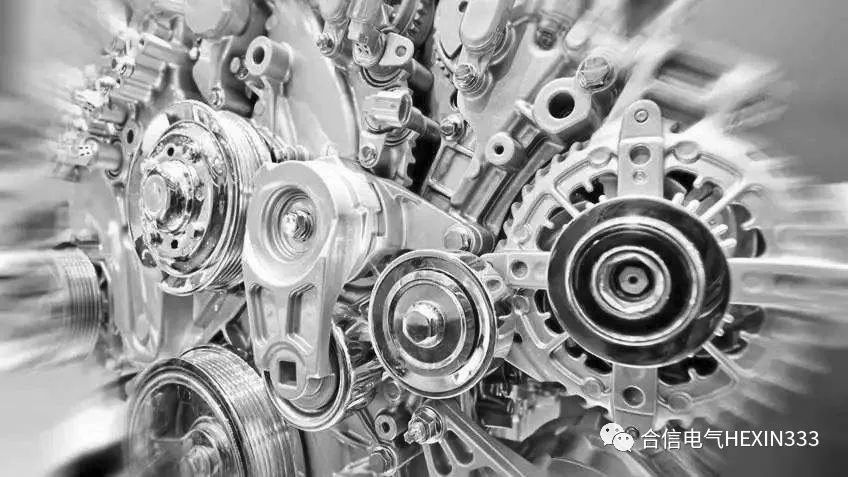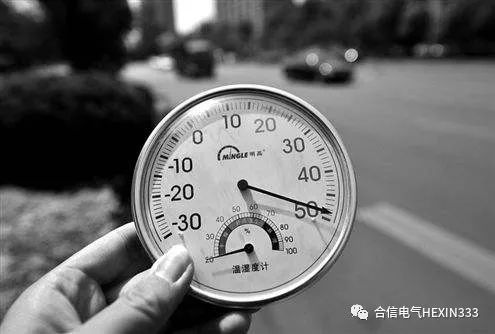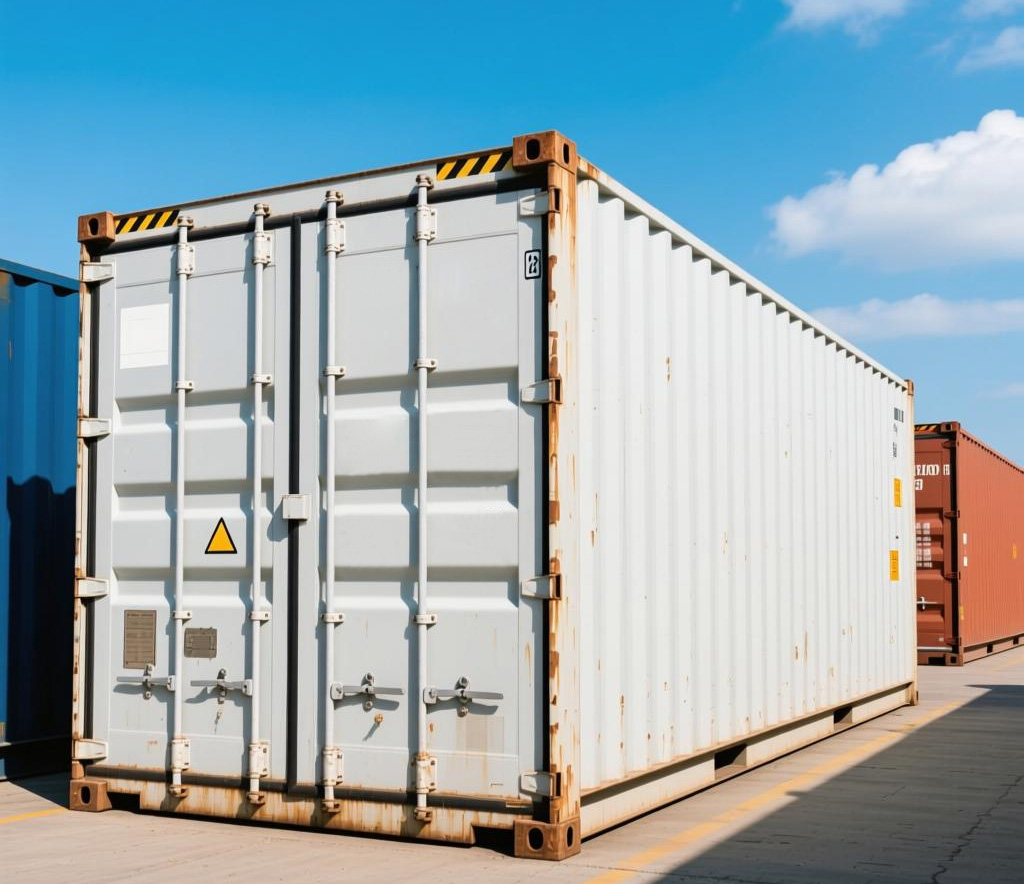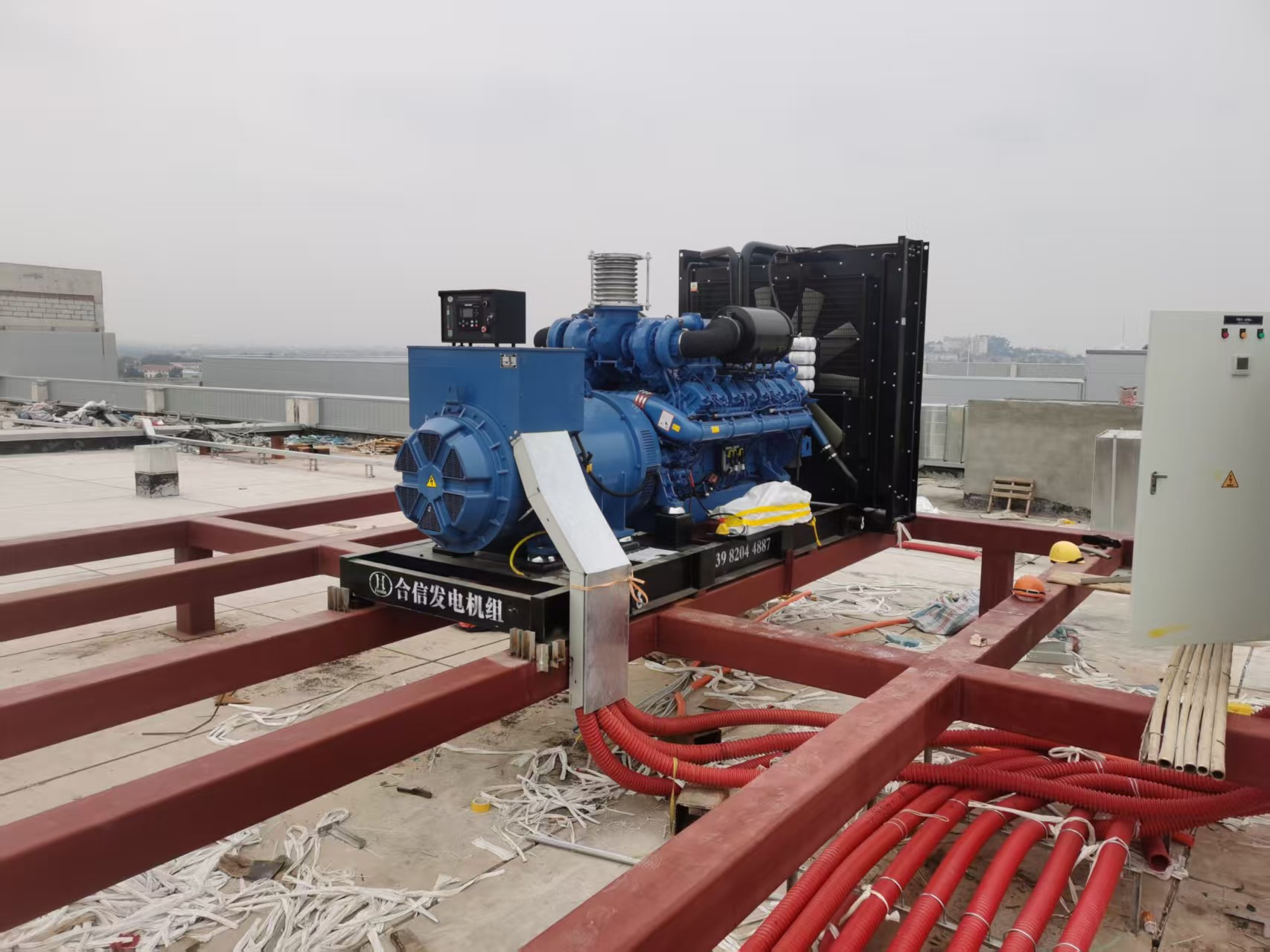
The relationship between generator set power and altitude, temperature, and usage time

Standby power is the instantaneous maximum power of the standby power source. When operating at standby power, the engine has no overload capacity. It cannot be operated in parallel with the grid.
This rating ensures the maximum power that the standby power source can effectively utilize. Engines rated for standby power should be used at an average load rate of 80%, not exceeding 200 hours per year. The time spent operating at the standby power point should not exceed 25 hours per year. The actual instantaneous power used must never exceed the rated standby power. When assisting users with power matching, the possibility of excessive instantaneous power should be ruled out.
Rated power is the power that can be used as an alternative to commercial grid power. Rated power must be used in one of the following two types.
Unlimited operation at rated power Engines calibrated for rated power can be used effectively under variable loads without time limits. Within each 250-hour operating cycle, the average variable load must not exceed 70% of the rated power.
Within a year, the total operating time at 100% rated power must not exceed 500 hours.
Within a 12-hour operating cycle, there is a 1-hour capability for effective overload of 10%. Within a year, the total operating time at 10% overload must not exceed 25 hours.

Limited-time operation at rated power Engines rated for rated power can operate continuously under constant load conditions without time restrictions. This applies to situations where the power requirement is low and the output power is limited. Provided that the power never exceeds the rated power specification, the engine can be operated for up to 750 hours per year while connected to the grid. It is important for users to understand that prolonged high-load operation will shorten the engine's lifespan. In any situation where the engine is operated for more than 750 hours per year while connected to the grid, an engine rated for continuous power should be selected.
Continuous power is the power that can be used continuously without time restrictions at the rated load. Engines rated for continuous power do not have overload capacity.
Reference standards: BS-5514 and DIN-6271 standards based on ISO-3046.
Environmental temperature and altitude: The engine can operate under the following conditions without requiring power adjustments: engines operating at 1800 rpm, altitudes below 1525 m (5000 ft), and environmental temperatures below 40°C (104°F).

For engines operating at 1500 rpm, the altitude must be below 1525 m (5000 ft) and the ambient temperature below 40°C (104°F).
When the generator operates beyond the above conditions, at altitudes above 1,525 meters (5,000 feet), the power output is reduced by 4% for every 300 meters (1,000 feet) increase in altitude. At ambient temperatures above 40°C (104°F), the power output is reduced by 2% for every 11°C increase in temperature (or 1% for every 10°F increase).
 Sichuan Hexin Diesel Generator Sets Achieve Breakthrough in
Sichuan Hexin Diesel Generator Sets Achieve Breakthrough in
 Sichuan Hexin diesel generator sets successfully enter the V
Sichuan Hexin diesel generator sets successfully enter the V
 Sichuan Hexin Electrical Equipment Co., Ltd. Notice on May D
Sichuan Hexin Electrical Equipment Co., Ltd. Notice on May D

